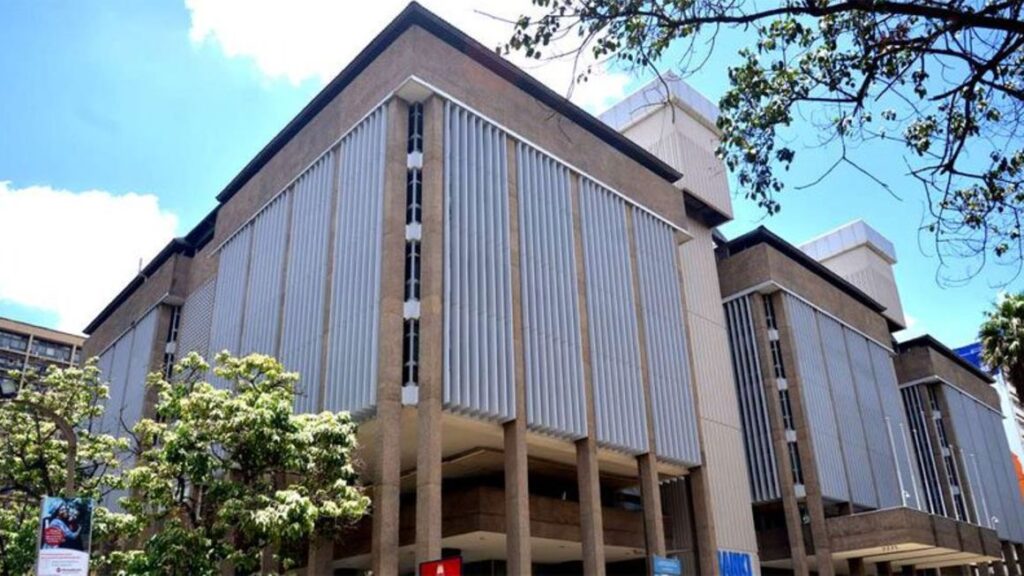
The Monetary Policy Committee (MPC) met against a backdrop of continued global uncertainties, volatile financial markets, weaker growth outlook, persistent inflationary pressures, geopolitical tensions, lingering effects of COVID-19 (coronavirus) pandemic, and measures taken by authorities around the world in response to these developments.
The MPC reviewed the outcomes of its previous decisions and measures implemented to mitigate the adverse economic impact and financial disruptions.
• Overall inflation increased to 9.6 percent in October 2022 from 9.2 percent in September, mainly due to food and fuel prices. Food inflation rose to 15.8 percent in October from 15.5 percent In September, largely due to prices of maize and milk following reduced supply attributed to depressed rains, and edible oils and wheat products due to the impact of international supply chain disruptions.Fuel inflation increased to 12.6 percent in October from 11.7 percent In September, mainly due to scaling down of the fuel subsidy, increases in electricity prices due to higher tariffs, and increases in transport costs.
• The global economic outlook has weakened further, reflecting the impact of the rapid tightening of monetary policy in advanced economies particularly the U.S., the ongoing war in Ukraine, and the lingering pandemic-related disruptions particularly in China.Inflation pressures are showing signs of abating in some major economies, but remain elevated mainly reflecting high energy prices and persistent supply chain challenges. However, the volatility in global financial markets remains elevated amid significant U.S. dollar strength against major currencies and the recent rapid changes in policy stance in advanced economies in response to inflationary pressures.
• The recently released GDP data for the second quarter of 2022 indicates continued strong performance of the Kenyan economy, with real GDP growing by 5.2 percent. This performance reflects robust activity in transport and storage, wholesale and retail trade, information and communication, real estate, and financial and insurance. Leading indicators of economic activity show continued strong performance in the third quarter of 2022, supported by robust activity in a wide range of sectors. The economy is expected to remain strong in the last quarter of 2022,supported by the services sector despite subdued performance in agriculture and weaker global growth.
• Two of the surveys conducted ahead of the MPC meeting—the CEOs Survey and Market Perceptions Survey—revealed sustained optimism about business activity and economic growth prospects for 2022 and 2023. The optimism was attributed to increased economic activity following conclusion of the elections, opportunities for growth in sectors such as ICT, and the Government’s renewed focus on MSMEs.
Nevertheless, respondents remained concerned about reduced consumer spending, domestic inflation, and subdued agricultural performance due to depressed rainfall, as well as increased global risks including.
The Survey of the Agriculture Sector conducted in the first half of the month, revealed that price of some key items moderated in November. Additionally, respondents expect output for most agricultural products to increase in the next harvest, on account of improved weather conditions and increased acreage.Nevertheless, respondents identified transport costs due to high fuel prices, unpredictable weather conditions, and the cost of inputs such as seeds and fertilizers as major factors constraining agricultural production.
• Goods exports have remained strong, growing by 13.9 percent in the 12 months to September 2022 compared to a similar period in 2021.Receipts from tea and manufactured goods exports increased by 15.9 percent and 26.0 percent respectively during the period. The increase in receipts from tea exports reflects improved prices attributed to demand from traditional markets.
Imports of goods increased by 18.0 percent in the 12 months to September 2022 compared to an increase of 12.6 percent in the 12 months to September 2021, mainly reflecting increased imports of oil and intermediate goods. Receipts from services exports increased reflecting sustained improvement in international travel and transport. Remittances totalled USD3,996 million in the 12 months to October 2022, and were 10.9 percent higher compared to a similar period in 2021.
The current account deficit is estimated at 5.3 percent of GDP in the 12 months to September 2022. It is projected at 5.6 percent of GDP in 2022 compared to 5.9 percent previously estimated,on account of improved receipts from service exports and resilient remittances.
• The CBK foreign exchange reserves, which currently stand at USD7,038 million (3.94 months of import cover), continue to provide adequate cover and a buffer against any short-term shocks in the foreign exchange market.
• The banking sector remains stable and resilient, with strong liquidity and capital adequacy ratios.
The ratio of gross non-performing loans (NPLs) to gross loans stood at 13.8 pc in October 2022, compared to 14.2 percent in August. Repayments and recoveries were noted in the building and construction, personal and household, and tourism, restaurant and hotels sectors.Banks have continued to make adequate provisions for the NPLs.
• Growth in private sector credit increased to 13.3 percent in October from 12.5 percent in August 2022. Strong credit growth was observed in the following sectors: manufacturing (17.5 percent),trade (15.3 percent), business services (13.2 percent), and consumer durables (14.0 percent). The Number of loan applications and approvals remained strong, reflecting improved demand with increased economic activities.
• The Committee noted the ongoing implementation of the FY2022/23 Government Budget, particularly the strong tax revenue collection reflecting enhanced tax administration efforts and increased economic activity, and ongoing work on a Supplementary Budget.
The Committee noted the sustained inflationary pressures, the elevated global risks and their potential impact on the domestic economy and concluded that there was scope for a further tightening of the monetary policy in order to anchor inflation expectations. In view of these developments, the MPC decided to raise the Central Bank Rate (CBR) from 8.25 percent to 8.75 percent.
The Committee will closely monitor the impact of the policy measures, as well as developments in the global and domestic economy, and stands ready to take additional measures, as necessary. The Committee will meet again in January 2023, but remains ready to re-convene earlier if necessary.










1 thought on “MPC Survey:Global economic outlook weakens,reflects impact of monetary policy”